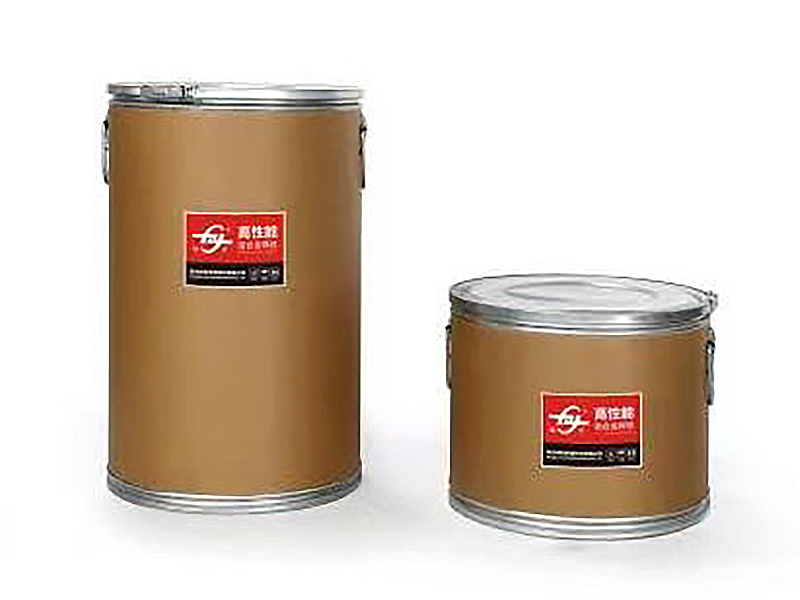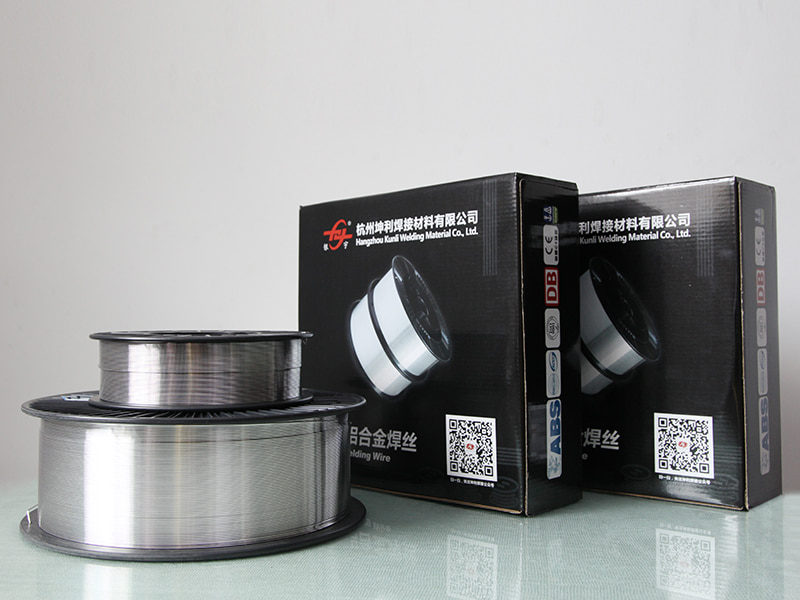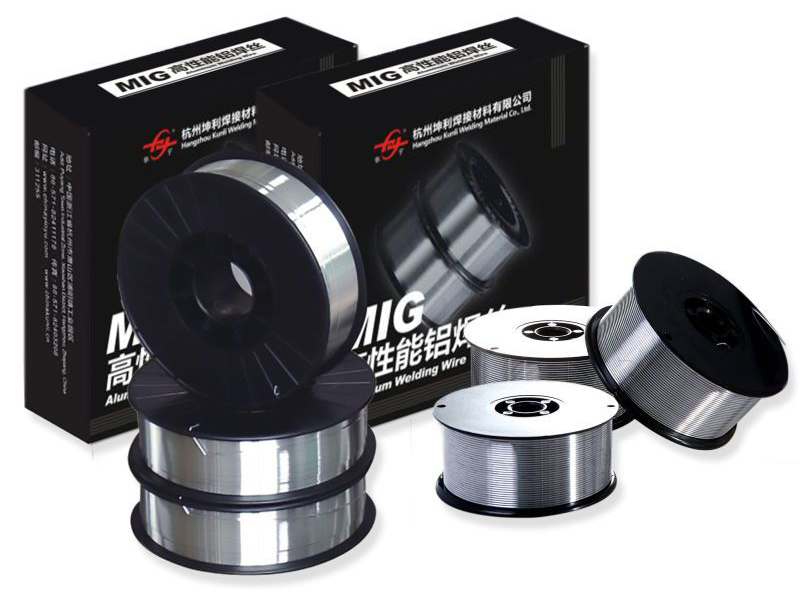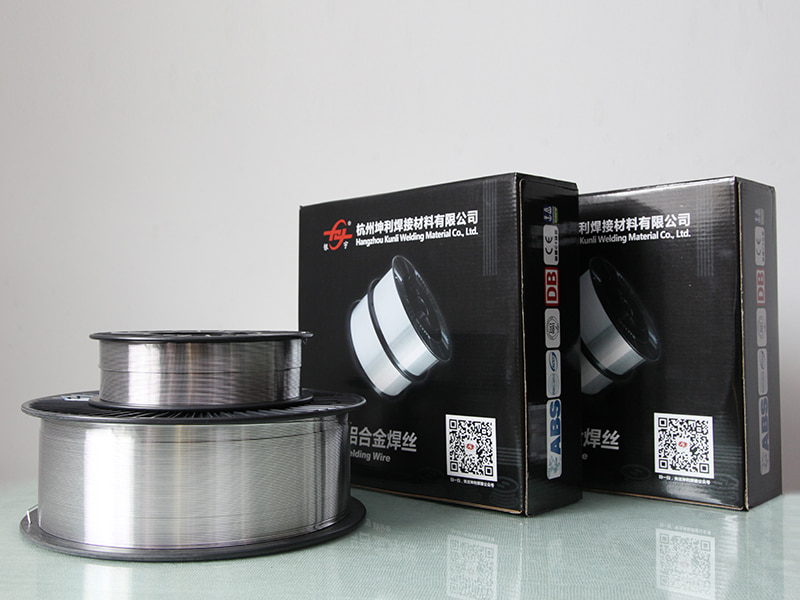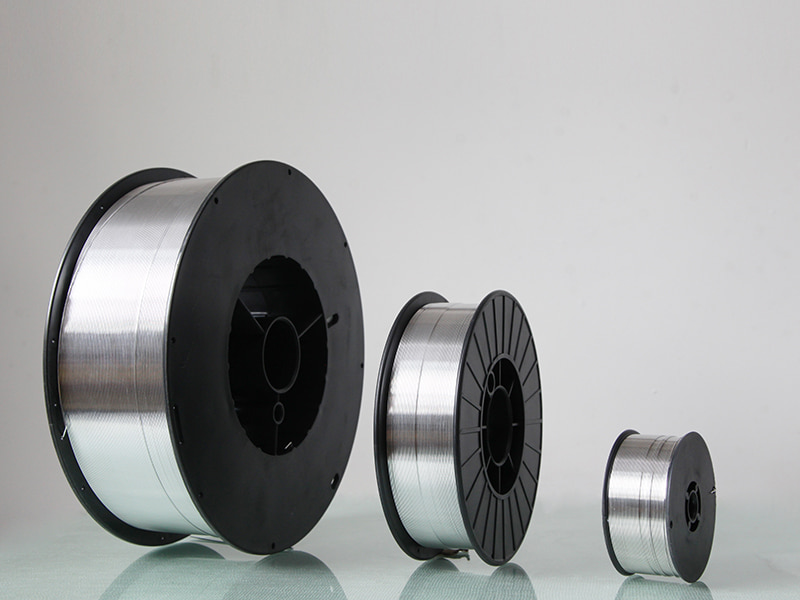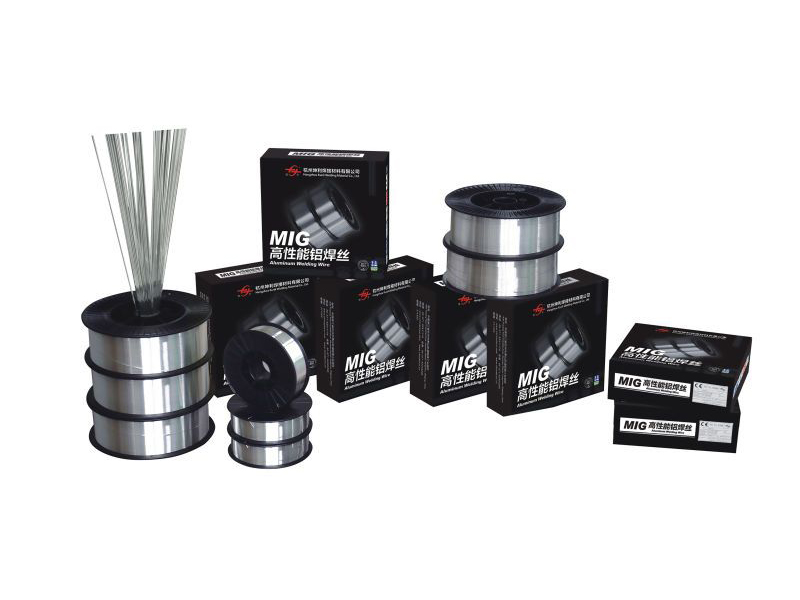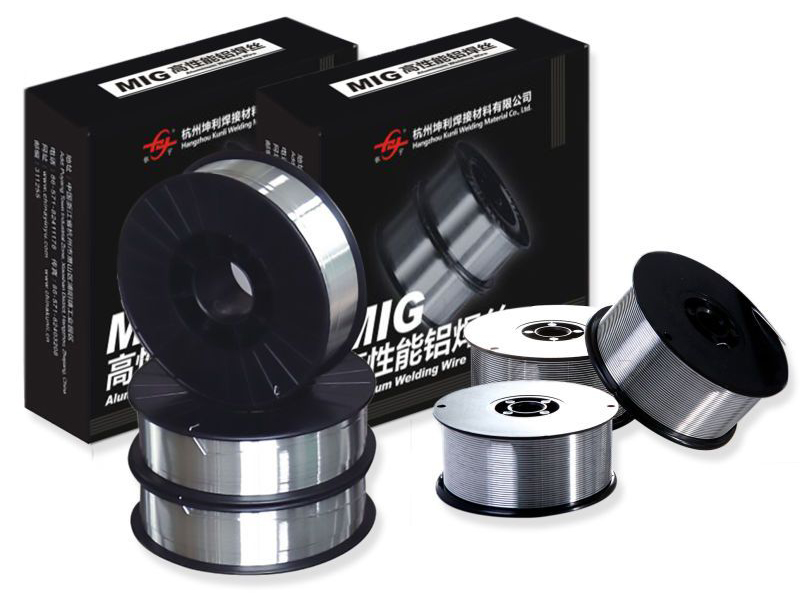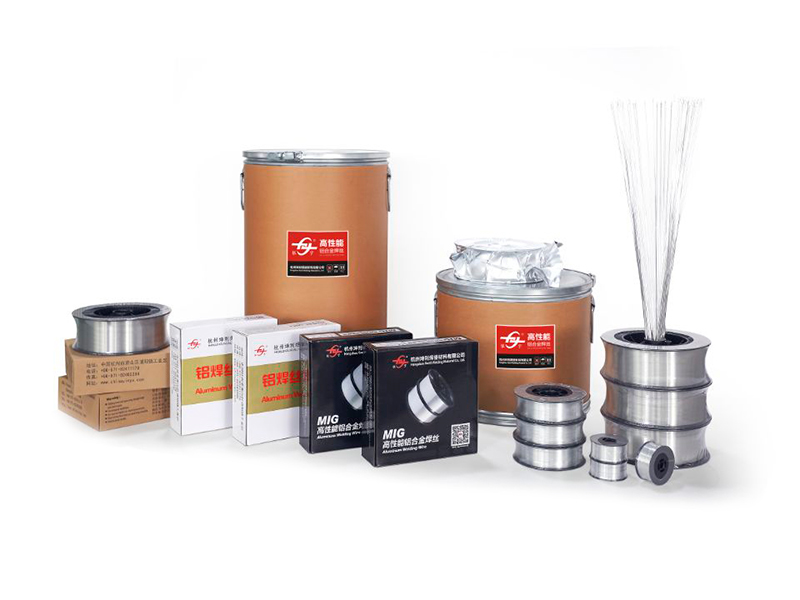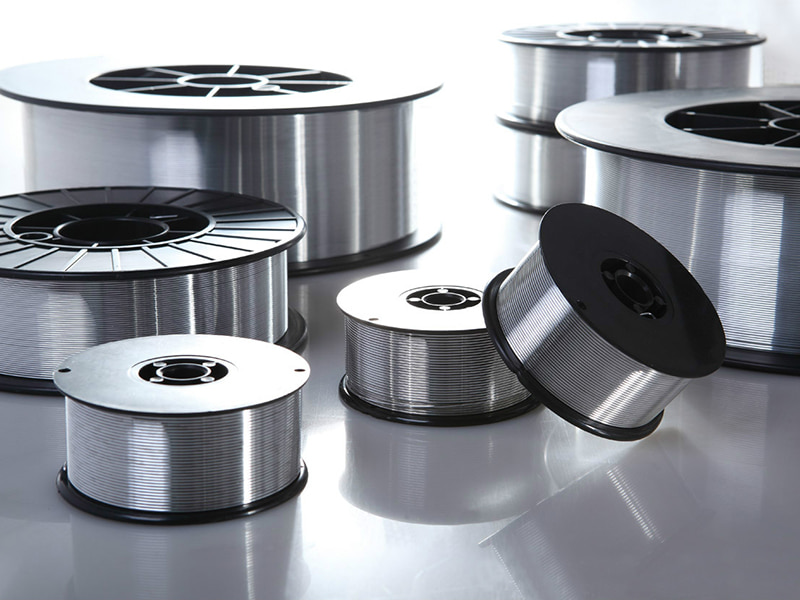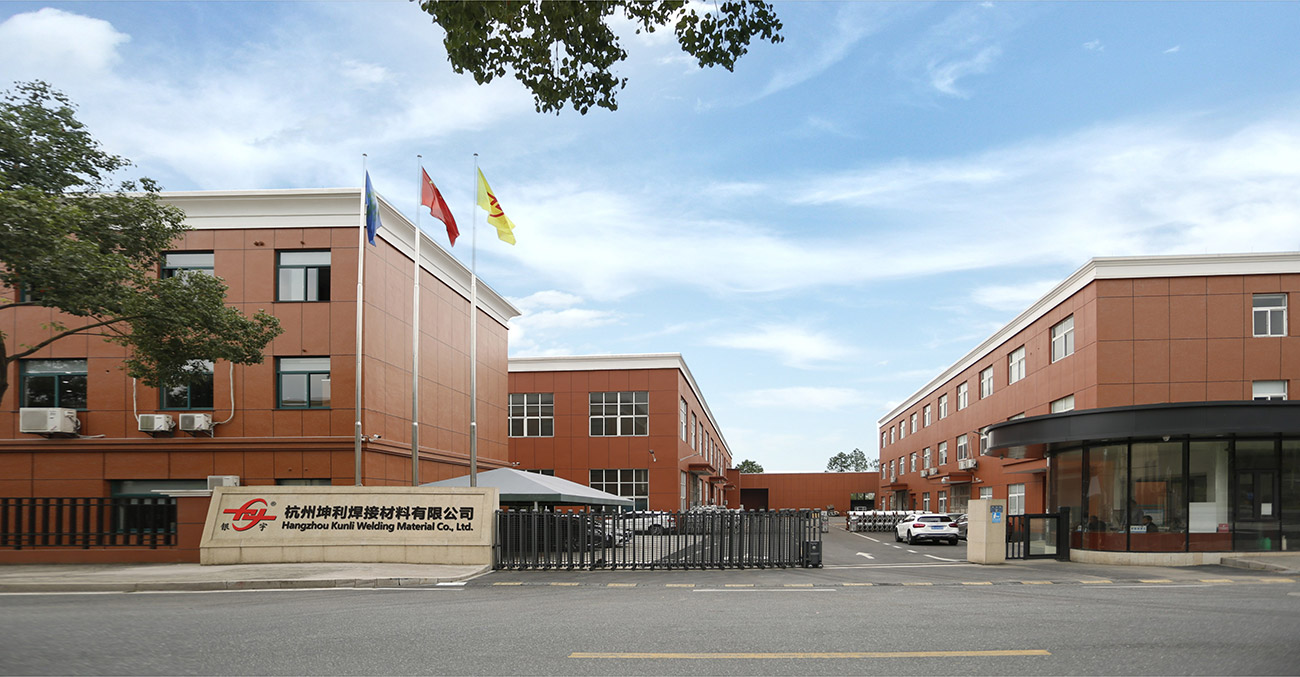Introduction
For thick aluminum plate welding (e.g., over 10mm), large diameter wire is used to maximize the deposition rate, reduce the number of weld passes, and lower overall labor costs. Our large diameter wires (typically 1.6mm, 2.0mm, 2.4mm) are manufactured for exceptional stiffness and straightness, ensuring reliable feeding through heavy-duty welding equipment. This material is primarily used in structural, shipbuilding, and pressure vessel fabrication where high integrity and productivity are equally critical.
Specification
| Diameter Range | 1.6mm, 2.0mm, 2.4mm, and up to 3.2mm |
| Key Property | High deposition rate, Deep penetration capability |
| Process Focus | High-amperage MIG (GMAW), Submerged Arc Welding (SAW - rare) |
| Supply Form | Large spool (18kg/25kg) and bulk drums (50kg+) |
| Tolerance | Controlled stiffness and cast/helix for reliable feed |
Applications
Heavy structural welding in shipbuilding (hulls, decks, large bulkheads).
Fabrication of large pressure vessels, cryogenic tanks, and storage silos.
Welding thick aluminum plates for bridge structures and heavy transportation frames.
High-amperage, high-deposition automated or mechanized welding.
FAQ
- Q: Is large diameter aluminum wire compatible with standard MIG welding torches?
- A: It requires heavy-duty, high-amperage torches, feeders, and gun liners designed to handle the increased stiffness and current load of the large-gauge wire. Standard equipment may fail or cause severe feeding issues.
- Q: What are the main challenges when welding with very large diameter aluminum wire?
- A: Challenges include maintaining a manageable weld pool (requiring high skill and travel speed), ensuring proper fusion at the root of the joint, and managing the extremely high heat input to control distortion.
 English
English Deutsch
Deutsch
 English
English Deutsch
Deutsch

